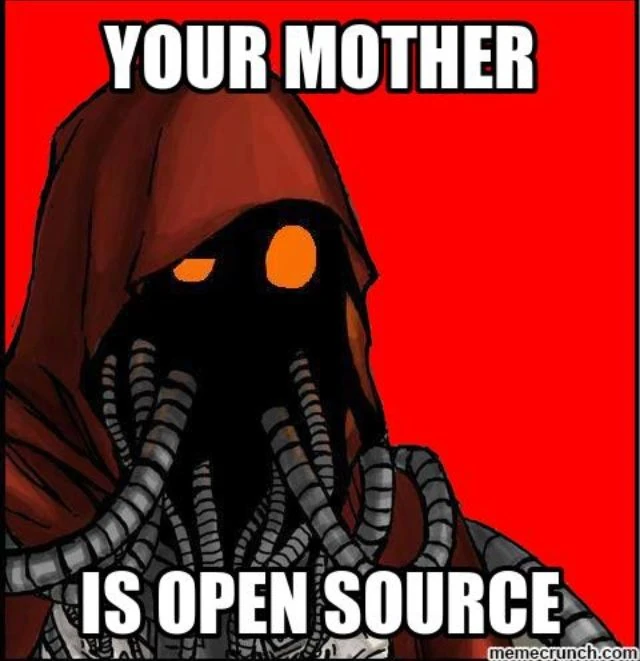

Germany hasn’t officially endorsed ChatControl, and groups like Hetzner outright oppose it. In the US, ChatControl takes the form of the LAED Act and the EARN IT Act. All three focus on this appeal to emotion that to protect kids we need to get rid of end-to-end encryption. Legislators are pretty fucking dumb when it comes to this stuff, though. They don’t understand that if they have a backdoor to encryption, everyone has a backdoor to encryption.


Damn kids with your twitternets and me mes.